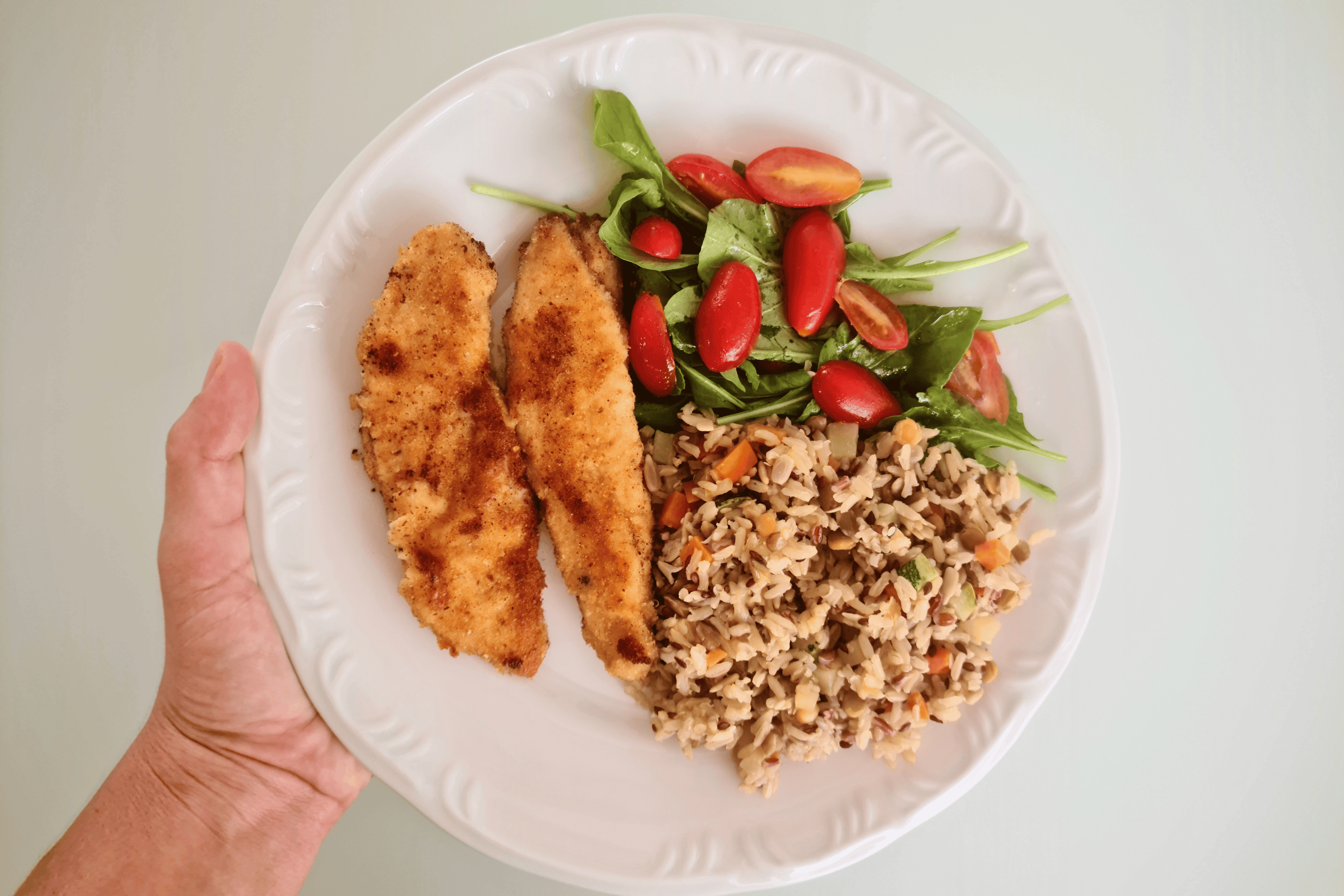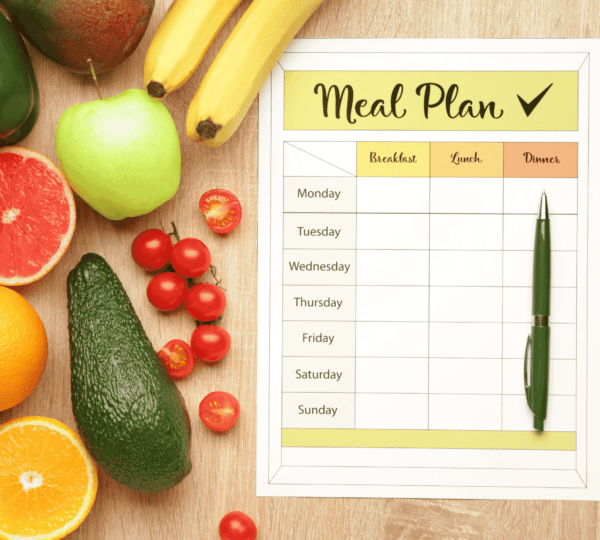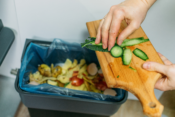
How to Eat Healthy on a Tight Budget
I still remember the time I tried to fix my old laptop instead of buying a new one. The screen had a flickering line, the battery barely held a charge, and the keyboard was missing a key. But replacing it wasn’t in my budget, so I had to make it work. I learned to adjust the brightness to stop the flickering, keep it plugged in at all times, and even remap the missing key. It wasn’t perfect, but it got the job done.
I learnt a very valuable lesson from those days—sometimes, you don’t need the newest or most expensive option to get good results. The same goes for eating healthy. Many people assume that eating well means spending a fortune on organic produce and fancy health foods, but that’s not true. With the right strategies, you can eat nutritious meals without stretching your budget. Here’s how to make healthy eating affordable and practical.
The Myth: Eating Healthy is Expensive
Many people believe that eating healthy automatically means spending more. This idea is reinforced by images of $15 organic salads, overpriced superfoods, and premium grocery store brands. However, research paints a different picture.
A study published in Preventing Chronic Disease found that eating a healthy diet is only about $1.50 more expensive per day than eating an unhealthy one. While that cost can add up, it’s far less than many assume. Plus, there are countless ways to eat well without spending extra—if you use the right strategies.
Smart Grocery Shopping: The Key to Eating Healthy on a Budget
1. Plan Your Meals and Stick to a List
One of the best ways to cut costs is by planning meals ahead of time. Before heading to the grocery store, create a weekly meal plan based on budget-friendly, healthy foods. Write down exactly what you need and stick to that list. Impulse purchases—especially processed snacks—can quickly inflate your grocery bill.
Use grocery store apps or websites to check for sales before making your list. Stores like Walmart, Kroger, and Loblaws often have digital coupons and discounts on staple items.
2. Buy Whole Foods, Not Processed Ones
Pre-packaged meals, flavored yogurts, and protein bars often come with a hefty price tag. Instead, buy whole, unprocessed foods. A bag of brown rice, dried beans, or whole oats costs a fraction of what processed alternatives do and can be used for multiple meals.
A can of beans costs about $1, while a fast-food burger costs at least $5. Over time, choosing whole foods can save you hundreds of dollars!
3. Shop Seasonal and Local
Fruits and vegetables are much cheaper when they’re in season. Farmers’ markets, discount produce stores, and local food co-ops often sell fresh produce at lower prices than big chain stores.
According to Harvard T.H. Chan School of Public Health, frozen fruits and vegetables are just as nutritious as fresh ones—and they last longer, reducing waste.
4. Buy in Bulk
Purchasing pantry staples in bulk—like rice, lentils, oats, and nuts—can significantly cut down costs. Stores like Costco, Bulk Barn, and Sam’s Club offer great deals on bulk items. If you don’t have space for bulk storage, consider splitting purchases with family or friends.
Affordable, Healthy Meal Ideas
Knowing what to buy is one thing—figuring out how to turn those ingredients into meals is another. Here are some budget-friendly, nutritious meals:
- Breakfast: Oatmeal with peanut butter and banana (cost: ~$0.50 per serving).
- Lunch: Lentil soup with whole wheat bread (cost: ~$1 per serving)
- Dinner: Stir-fried veggies with rice and eggs (cost: ~$2 per serving)
- Snacks: Carrot sticks with hummus, yogurt with frozen berries, or homemade popcorn
Cooking at home is always cheaper than eating out. A home-cooked meal averages around $4 per person, while a restaurant meal costs at least $13.
Reducing Food Waste = More Savings
Food waste is like throwing money in the trash. According to the U.S. Department of Agriculture, the average household wastes about $1,500 worth of food each year.
Here’s how to avoid that:
- Store food properly – Keep produce fresh by refrigerating leafy greens in a sealed container and freezing leftovers.
- Use leftovers creatively – Turn last night’s roasted veggies into a breakfast omelet or add them to a soup.
- Practice “first in, first out” – Use older food items before newer ones to prevent spoilage.
Eating Healthy on the Go
When life gets busy, grabbing fast food seems like the only option. But with a little planning, you can have quick, healthy meals ready to go.
- Meal Prep: Cook large batches of meals on Sundays and store portions in the fridge or freezer.
- Pack Snacks: Bring nuts, fruits, or homemade granola bars when you’re on the go.
- Choose Wisely at Restaurants: If you do eat out, opt for grilled items over fried ones and skip sugary drinks.
Expert Opinions on Budget-Friendly Healthy Eating
Dr. Marion Nestle, a professor of Nutrition at New York University, suggests that one of the best ways to save money on healthy eating is by “cooking from scratch as often as possible.”
Registered Dietitian Ellie Krieger also emphasizes that “plant-based proteins, such as beans and lentils, are among the most affordable and nutritious foods you can buy.”
Conclusion
Eating healthy on a tight budget isn’t just possible—it’s practical. By planning meals, shopping smart, and reducing food waste, you can enjoy nutritious meals without breaking the bank. Start small—swap out expensive processed foods for whole alternatives, take advantage of sales, and embrace home cooking.
References
- Bureau of Labor Statistics. (2022). Consumer Expenditures on Food. Retrieved from BLS.gov
- Darmon, N., & Drewnowski, A. (2015). Does Healthy Eating Cost More? Preventing Chronic Disease. Retrieved from CDC.gov
- Harvard T.H. Chan School of Public Health. (2021). Frozen vs Fresh: Which is Better? Retrieved from Harvard.edu
- Krieger, E. (2021). Budget-Friendly Eating Tips. Retrieved from EllieKrieger.com
- Nestle, M. (2020). The Truth About Eating Healthy on a Budget. Retrieved from MarionNestle.com
- USDA. (2021). Food Waste Estimates and Prevention Strategies. Retrieved from USDA.gov













